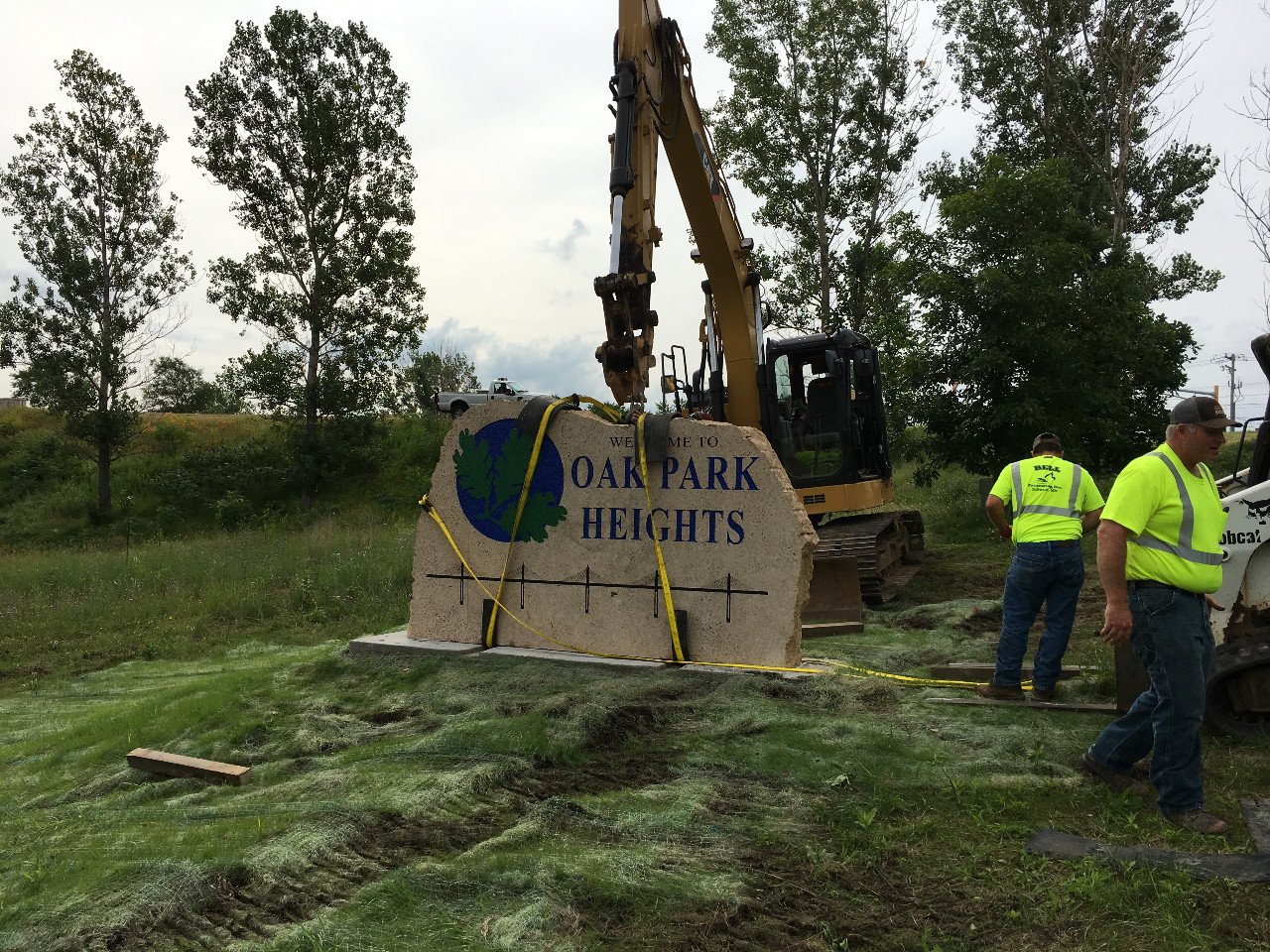
Trenchless Excavation
November 2, 2020
Winter Septic Tank Problems And How To Avoid Them
December 30, 2020Site Preparation Steps For New Construction

Site preparation involves clearing trees and other debris from the building site. It also consists of rough grading, staking the location and much more to prepare for installation of the foundation and footings. Before you begin any site preparation, you need to consider things that will be affected or affect the placement of your home on the specific location.
These include:
• Topography (slopes)
• Setbacks and easements
• Driveway
• Views
• The sun’s exposure
• Trees
• Septic tank and wells
• Other houses in the neighborhood
• The distance between utility lines and municipal services
Once you have taken these things into consideration, you need to run through them again before you begin the site preparation. Remember, it’s easier to make changes before the concrete is poured so everything needs to be thoroughly checked.
Rough Staking The Home
Rough staking involves laying out the home. It should be done for both esthetics and economical reasons. Remember, it is expensive (hourly payment) to clear the construction site. Therefore, if you know what needs to be done in advance, it’s easier to save both time and money. Keep in mind that you don’t need to remove more trees from the location than necessary.
Once you have an idea where the home will be built, you can save the trees that don’t need to be brought down. Is there any excavation or grading that needs to be done on the site before the footings are installed? Well, it’s prudent for the house to be rough staked to identify the exact location. It’s the best way to determine the trees to be removed from the site and which ones to be left behind.
At this point, if you notice that the site requires removal of a few more trees that you might want to keep, you can make a few modifications. Of course, you need to check the new location for any setbacks and easements. Don’t forget to check the distance from the new location to the drain field of the septic tank. Make sure you get the go ahead from the building regulations department before going ahead with the new location.
If you are confident enough in locating the property lines, you can always do the rough staking yourself by measuring them against the corners of the new home. Of course, if you are not good at it or are worried about the setbacks and easements, you need to pay a professional to handle the rough staking for you effortlessly.
Clearing
It consists of removing trees, roots and any other vegetation found on the building site. Of course, you need to have a proper method of handling the debris coming from the site. You can have the debris hauled away but it’s the most expensive option.
On the other hand, if you are clearing the debris from a large rural property, you might have to bury it on the site. You can also burn it and dispose it accordingly. If you choose to burn it, you need to consult the local fire department. If you choose to bury the debris, you need to choose a location that’s far away from the site of the home.
Keep in mind that with time, the trash hole starts settling as limbs decay and the soil becomes compacted. As such, there will be a surface depression and it will become an eyesore with time, especially if it’s visible from the location of the home. Eventually, it might cause drainage problems as well as damage to the walks, drives and decks. If there are many trees, you might cut the logs to use them on the fireplace during winter.
Excavation
Will you consider adding a basement to your home? Well, it needs to be dug or excavated. Of course, you need to address the issue of excess dirt at this point. If there are areas in your property that can be filled, you can place the dirt there. You need to be prepared in advance to avoid paying extra charges for hauling of the excess dirt.
Excavating the area for the basement can be done using a bulldozer. Here’s the operator creates a ramp to get in and out of the hole as the excavation progresses. There’s should be someone who understands how to use a transit to ensure the hole gets to the right depth.
Rough Grading
If you need to get to the best grade level for your home, you might be required to move some dirt around. Don’t forget to consider the drainage around the house and that hauling the dirt might also be expensive. Simply put, you need to balance your cut and fill.
The cut refers to the ground that has been dug up and fill refers to the dirt being added. If possible, find ways to use the dirt that has been dug up on other areas of the property so you can save a lot of money that could have been used in hauling it away.
Get As Close To Finish Grade As Possible
At this point, you need to make sure that a lot of grading is done. It will make it easier to move around the building site. Even better, you can avoid nasty surprises when it comes to handling the finish grading (when the building process of the home is completed.)
Some construction experts love pouring the concrete for the driveway at the same time as the slab. It makes it easier to build the home since it’s easier to get out of the mud. If this is the plan, the elevations should be tied down pretty closely in the rough grading process.
Finish grading will be handled when the construction of your home is completed and you are ready to handle the exterior stuff. It involves fine tuning the drainage patterns around the home then setting up for landscaping. Call Bell Excavating/Bill Wolfe Excavating for your site preparation needs.
